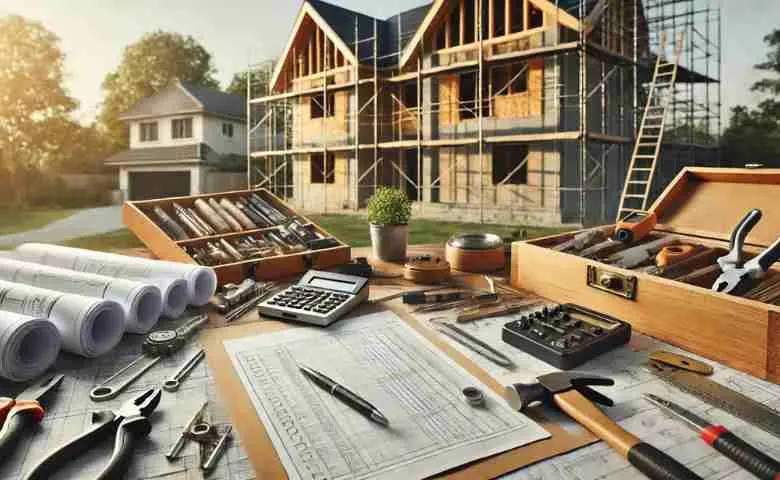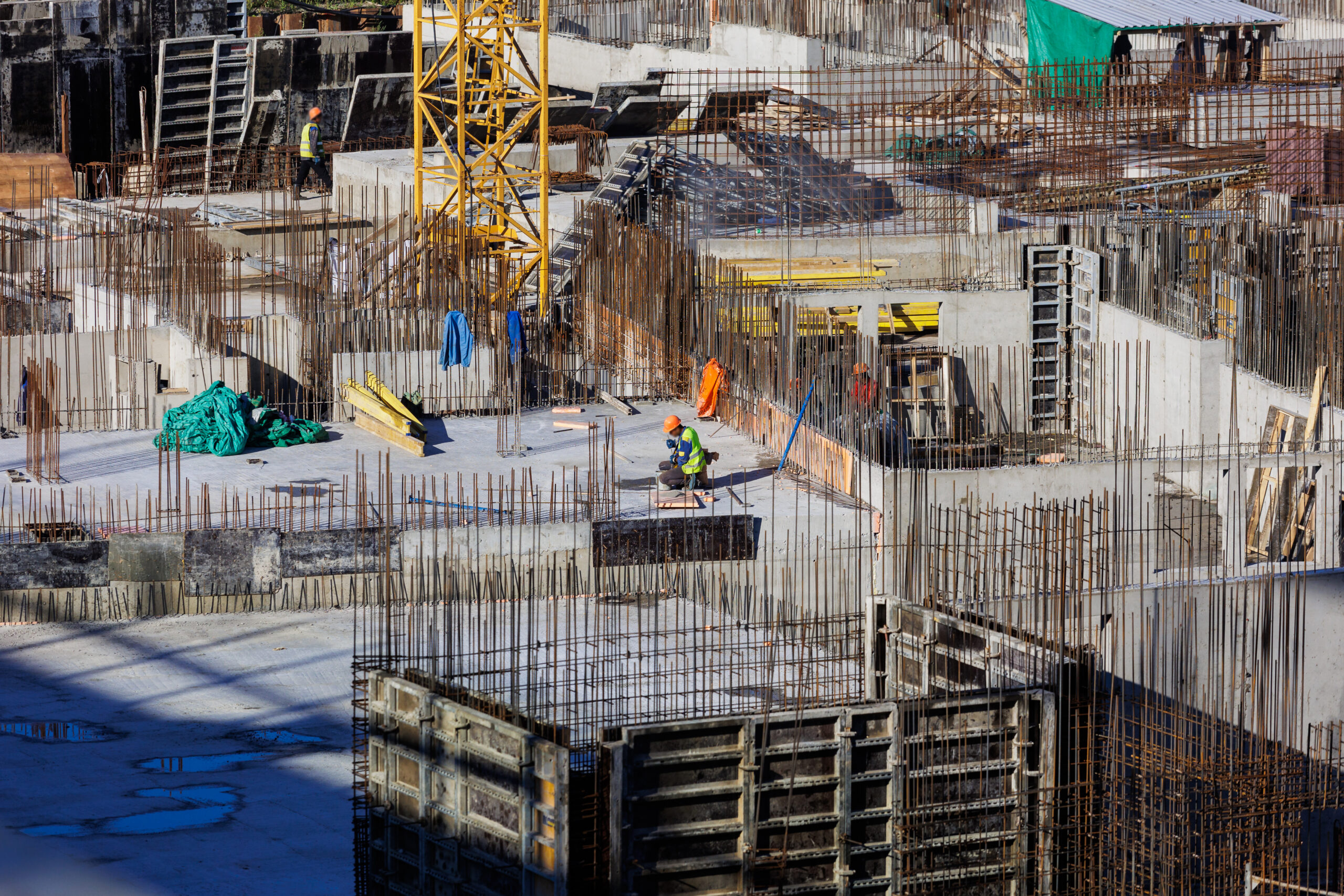Comprehensive Checklist for a Smooth Home Addition Construction


Thinking about expanding your living space? Home additions are more than just extra square footage – they’re about shaping your ideal home, step by step.
Let’s be honest, though, it’s quite a journey. One that benefits from a clear roadmap.
That’s where our comprehensive home addition construction checklist comes in. We’ve designed it to guide you from initial planning to the final touches, ensuring you don’t miss any crucial steps along the way.
So, let’s get comfortable and start mapping out your home’s next chapter. Whether you’re adding a new bedroom, expanding your kitchen, or creating a home office, we’ll help you navigate the process with confidence.
1. Planning Your Home Addition
Before sketching plans or calling contractors, make sure you understand why you want an addition to your house.
Perhaps you need space for your growing family or a dedicated area for a home office.
Whatever your reason, knowing why helps you stay focused and make smart decisions throughout your project, which is why it’s at the top of our home addition checklist.
Pro Tip: Make a list and distinguish between must-have features and nice-to-haves.
2. Do Your Homework
The next step to adding an addition to your house is familiarizing yourself with local building codes and zoning laws. Some neighborhoods have specific regulations dictating the size, height, and appearance of extensions.
Head down to city hall or hop online to check out the regulations. You might need to chat with a city planner and find out about permits.
Consult with an architect to get a preliminary design and consider property values in your neighborhood. This ensures compliance with local laws to prevent delays or fines. You also have a well-researched plan and a solid foundation for your project.
3. Crunch The Numbers
Love it or hate it, budgeting must be done.
When considering how to build a home addition step by step, you need to estimate the total cost of your project.
Besides your actual building expenses, this includes extras like permits, rubble removal and temporary housing if you need to move out during construction.
How are you going to pay for all this? Whether you’re dipping into savings, taking out a home equity loan, or exploring other options, make sure you have a solid plan and a buffer for unexpected costs, as these almost always arise.
4. Build Your Dream Team
Choosing the right professionals can make or break your project. Look for architects, contractors, and designers with appropriate project experience.
Use these pointers when choosing your contractors:
- Experience: Look for people who have a portfolio of similar projects.
- References: Speak to past clients about their experiences.
- Certifications: Verify that they are licensed and insured.
- Compatibility: Make sure you’re on the same wavelength and communicate effectively.
5. Design With Sense & Style
This is the fun part. Get creative and work with your architect to design an addition that looks like it’s always been part of your home.
Here are some tips on how to go about it:
- Aim for a seamless blend of old and new.
- Take advantage of natural light and ventilation for an open and inviting space.
- Think about energy-efficient materials that save you money in the long run.
6. Be Practical
Think about how you will use your new space and consider factors such as electrical outlets, plumbing, and storage.
Here’s a checklist:
- Plan for functional storage areas.
- Consider your future needs and possible resale value.
- Be as energy-efficient as possible.
Benefits:
- Less chance of expensive changes later in the project.
- Improved comfort and usability of your added area.
Drawbacks:
- Overlooking utility needs can lead to significant rework and expense.
7. Site Prep
Before the first hammer swings, you need to get your site ready. This involves deciding between a dumpster rental and junk removal services to cart away building rubble, and relocating your prized rose bushes.
Remember to put safety first and follow these steps:
- Clear the site of any obstructions.
- Set up temporary barriers or fencing for safety.
- Arrange for temporary accommodations if necessary.
8. Stay In The Loop
Once construction starts, keep the lines of communication open with your contractor and pop by for regular check-ins.
- Set clear expectations and discuss these with your contractor.
- Keep a diary to track progress and changes.
- Write down all agreements, including timelines, costs, and responsibilities.
9. Think Green
Why not make your addition eco-friendly? Consider using recycled materials and installing energy-efficient windows or solar panels. Plan for proper insulation to reduce your future energy costs and environmental impact.
Frequently Asked Questions
I want to add an addition to my house. Where do I start?
Start by setting your goals and budget, then consult an architect or designer to create detailed plans. Next, research local building codes and permits and hire a reputable contractor to manage the construction process.
How do I keep home additions on a budget?
Draw a detailed budget with a contingency fund for unexpected costs and regularly review your expenses.
How can I effectively communicate with my contractor?
Set clear expectations from the beginning, document all agreements and changes in writing, and schedule regular check-ins to discuss progress.
Laying Strong Foundations
Adding on to your home is a big deal, but with the right plan and team, it’s an exciting journey.
This home addition checklist covers the major bases, from dreaming big to hammering the last nail. Whether you’re planning a DIY addition to your house or bringing in the pros, you’ve now got the knowledge to start on the right foot.
Remember, thorough planning and open communication are your best friends in this process. So take a deep breath, roll up your sleeves, and get ready to create the home of your dreams.





